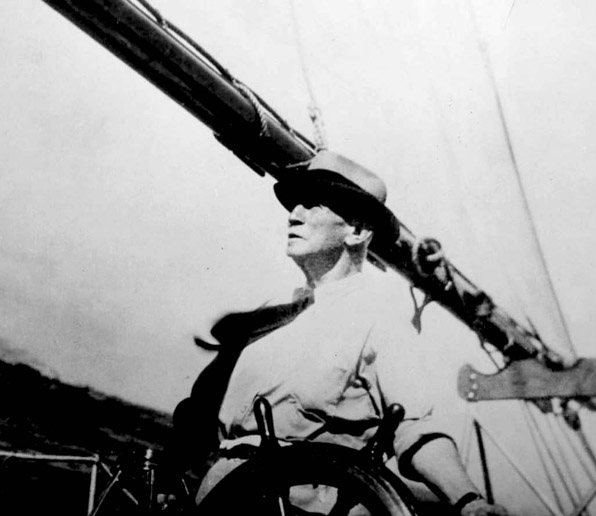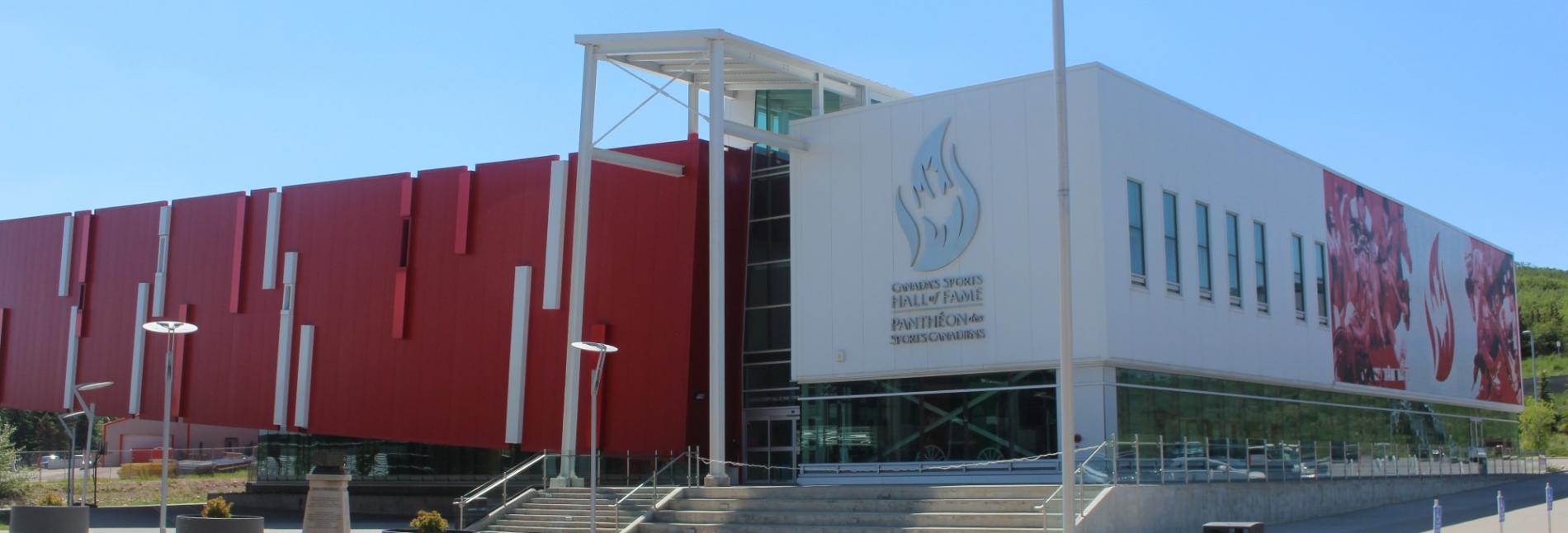Hall of Famer
George Duggan
Inducted in 1962
Member Details
Career Highlights
Founded Toronto Yacht Club

Story
George Herrick Duggan, known as the "Dean of Canadian Yachting," was a master ship designer, builder, and skipper. Over the course of his life, he designed and built 142 boats, nine of which successfully competed for the Seawanhaka Cup, the most prestigious prize for small-class yachts around the turn of the 20th century. Duggan spent part of his boyhood on Toronto Island, where he learned the art of sailing and the science of shipbuilding from island boatman William Armstrong. He began designing and building his own boats as a teenager, testing them on the waters of Lake Ontario. Eager to develop and encourage yacht racing, Duggan and a few of his friends broke away from the Royal Canadian Yacht Club in 1880, founded their own Toronto Yacht Club, and subsequently started the Lake Yacht Racing Association. Duggan, meanwhile, was reinforcing his ship designing skills as a civil engineering student at the University of Toronto. Upon graduating in 1884, he worked for the CPR, then joined the Dominion Bridge Company of Montreal, where he became chief engineer and assistant to the president. Still a passionate yachtsman, Duggan continued to build ships for Montreal's Royal St. Lawrence Yacht Club. In 1895, the Seawanhaka Corinthian Yacht Club of New York established the Seawanhaka Cup, an international competition for small classes of yachts. The first challenger was the Minima Yacht Club of London, England, which sent their 15-foot Spruce IV to take on the American Ethelwynn at Oyster Bay. The Seawanhaka Club ship was victorious, and the Cup remained in its home. Word of the British defeat drifted northwards, and the sailing committee of the Royal St. Lawrence decided to send a Canadian-built yacht into competition. Some 18 boats were built in preparation, including five designed by Duggan. It was Duggan's Glencairn, which he himself skippered, that was selected for the finals. In his first salt-water race, the Canadian yachtsman successfully defeated the American El Heirie and claimed the Seawanhaka Cup for Canada. Over the next eight years, Duggan's ships could not be matched. American and British challengers persisted, but the Cup could not be wrested from the able hands of captain Duggan. A brilliant seaman, Duggan skippered all but the last of his victorious ships; when business called him to Halifax in 1904, he left the last of his champion vessels under the control of another captain. Duggan's most remarkable but controversial boat was the Dominion. Built for the 1898 Seawanhaka Cup challenge, the Dominion had a floor that was arched between the two bilges, forming a tunnel, instead of a flat surface. The American competitors protested on the grounds that she was a catamaran, and that such double-hulled ships should not be permitted in competition. Duggan maintained that she was simply a single-hulled ship with two water lines, and the race went forward. The Dominion easily won, but officials agreed not to accept ships of this sort again. In 1905, the Duggan and the St. Lawrence Yacht Club finally met defeat at the hands of the Massachusetts Yacht Club's Manchester. No other club, however, could match the incredible nine consecutive victories achieved by the Canadians. Duggan continued to work in the engineering world. He was involved in the design of high-performance paper machines and in the development of electric steel welding. He was president of the Dominion Bridge Company from 1919-36 and chairman of the board from 1936-46.






